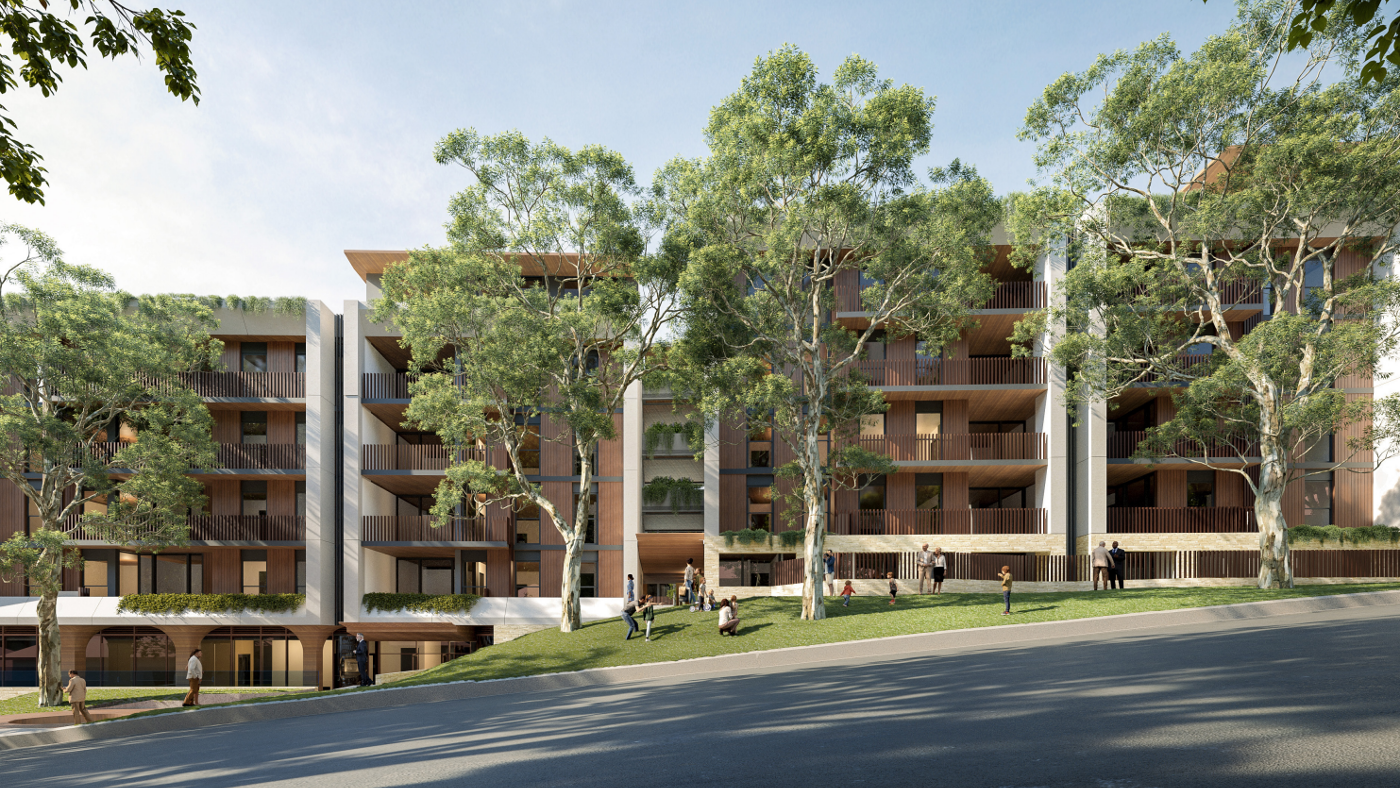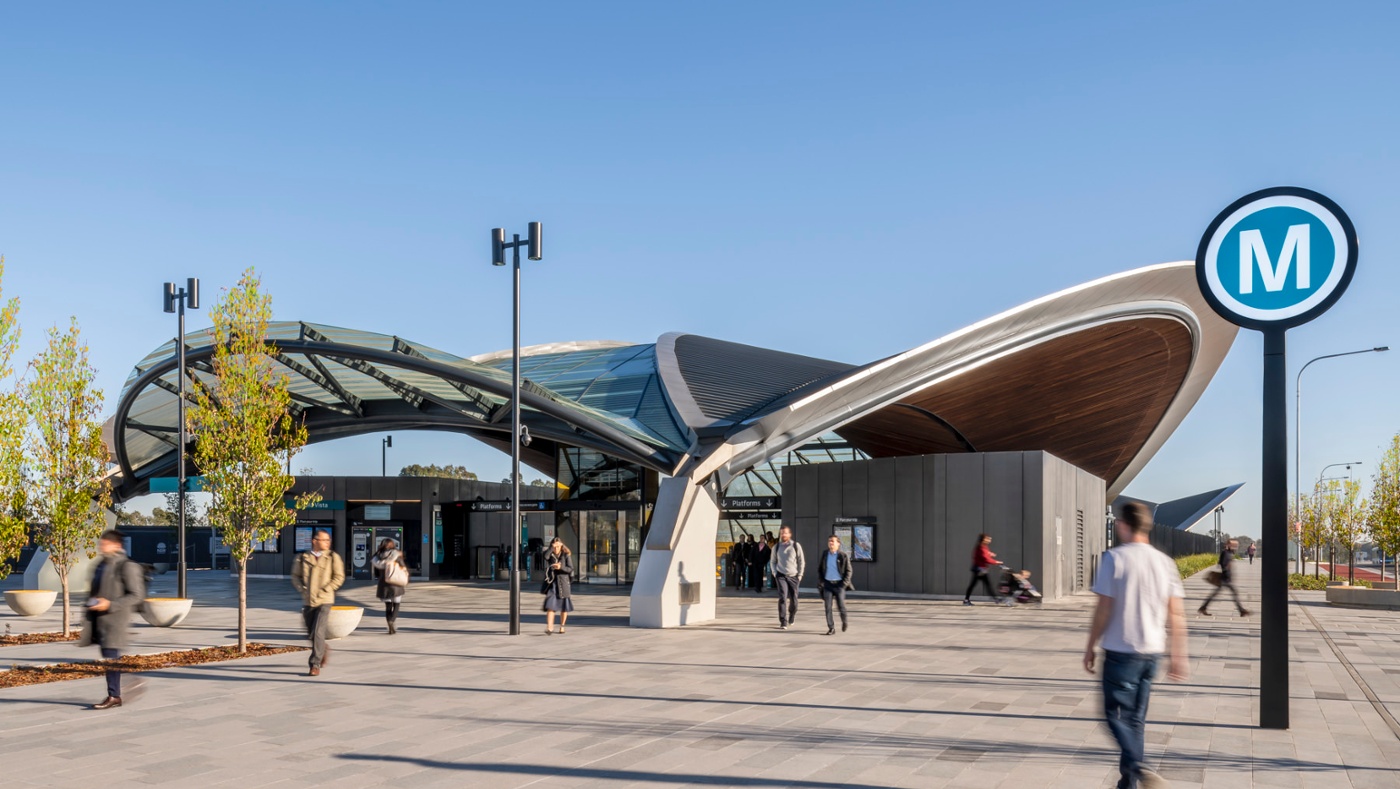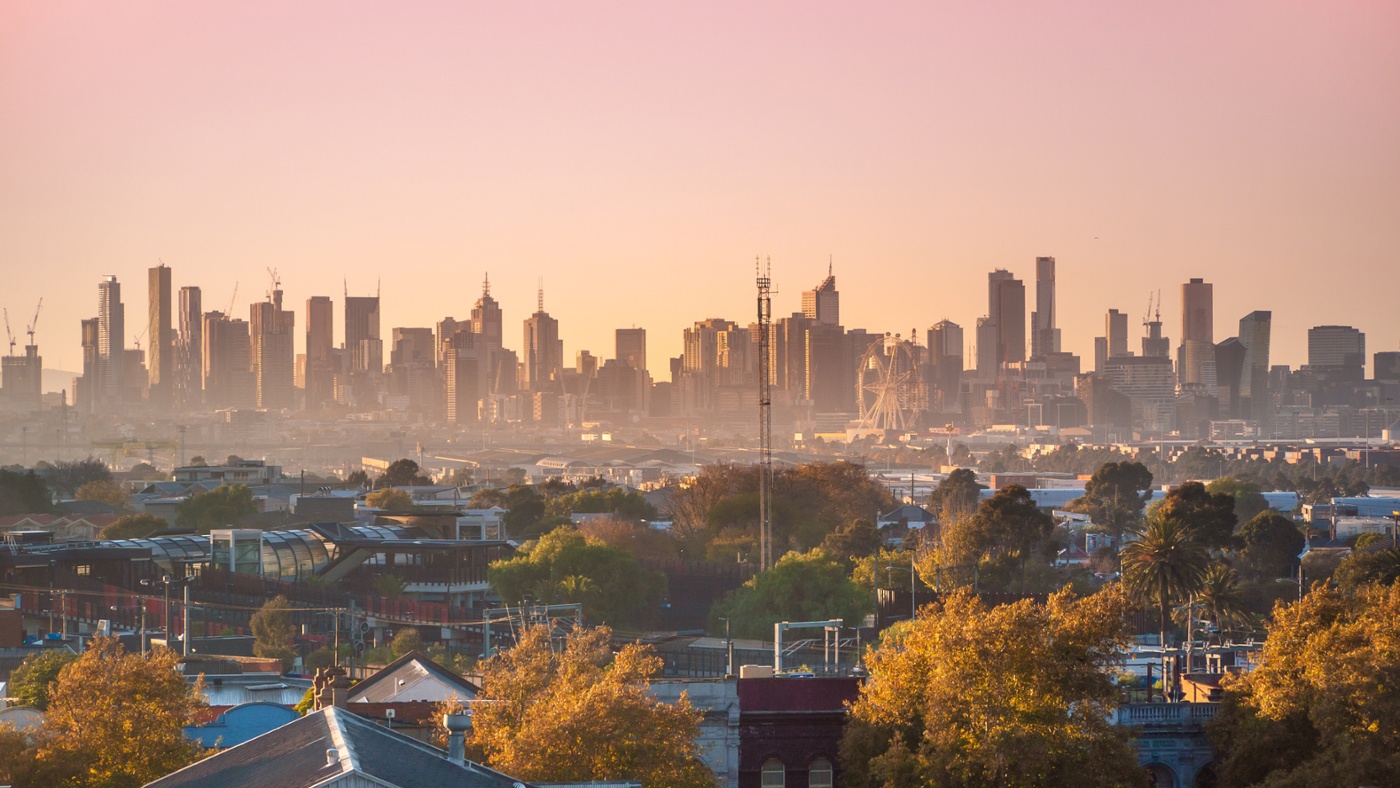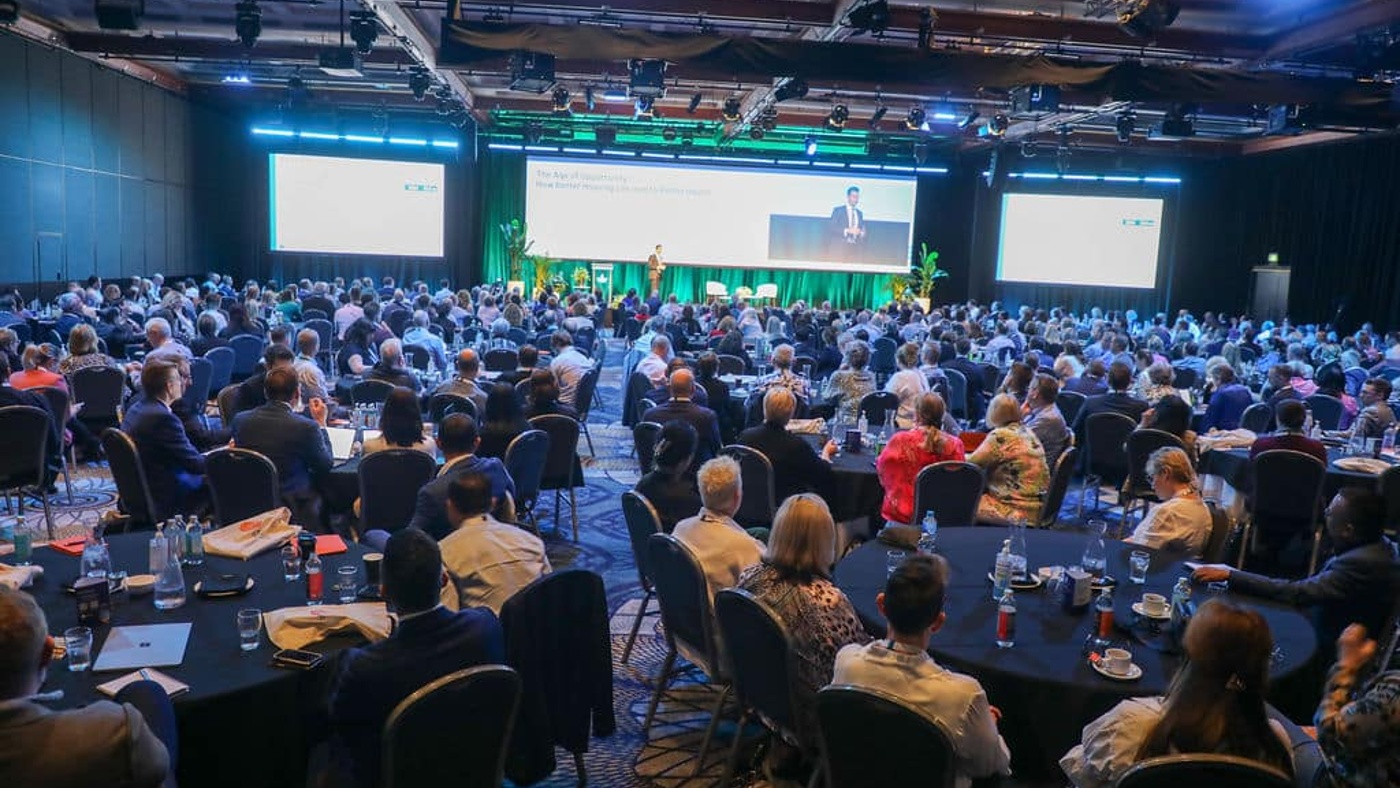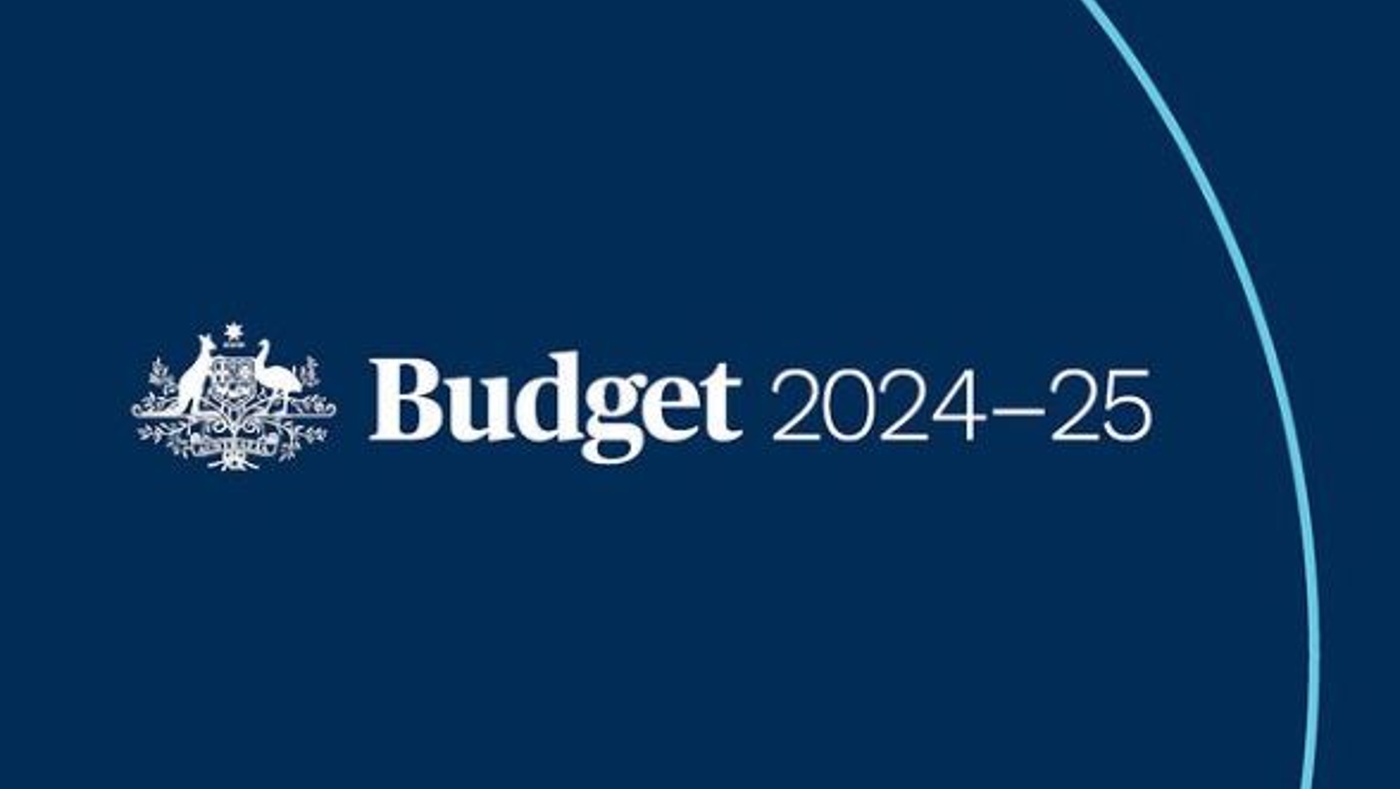High population growth amplifies the challenges faced by governments in accommodating new housing. Chris McNeill, Director, Economics, reviews the latest regional population data.
Excitement was noticeable in demographic circles yesterday, ahead of the release of the latest regional population estimates by the Australian Bureau of Statistics (ABS).
And, just like a preliminary final that keeps you on the edge of the until the final siren, the ABS numbers don’t disappoint.
Let’s look at the highlights:
- The latest population estimates are to 30 June 2023. The increase over the previous year (to 30 June 2022) is also shown.
- Greater Sydney remains the largest greater metropolitan area reaching 5.45 million persons, an increase of 146,700 over the previous year, or an increase of 2.8% in one year.
- Greater Melbourne recorded an increase of 167,500 persons (3.3%), passing the 5.2 million mark and officially recovering from its pandemic malaise.
- Brisbane’s population increased by 81,200 persons to reach 1.7 million persons.
- Perth recorded the greatest proportional increase, reaching 2.3 million persons.
- Overseas migration played by far the most significant growth component, particularly in Sydney and Melbourne.
However, it’s Greater Melbourne that I really want to focus on.
Broadly consistent with well-established trends, the city’s growth areas – the municipalities of Cardinia, Casey, Hume, Melton, Mitchell, Whittlesea and Wyndham – accommodate a substantial proportion of Greater Melbourne’s growth.
In fact, the seven growth area municipalities occupy 5 of the top 10 fastest growing municipalities in Victoria, based on the numeric increase between 2022 and 2023.
Top place however goes to the City of Melbourne, which recorded single year growth of 17,000 persons. Notably, the City of Monash was in sixth place with an increase of 8,500 persons. The increase in both municipalities was heavily influenced by overseas migration, with overseas students playing a major role in their population growth figures.
In between – in places two to five – were the growth area municipalities of Wyndham, Casey, Melton and Hume, while Whittlesea was in eighth place, followed by Merri-bek, the regional city of Greater Geelong and the middle suburb municipality of Whitehorse in tenth place.
A visual representation of these numbers at a Greater Melbourne level highlights the concentration of population in the growth area municipalities and in specific inner Melbourne municipalities (Melbourne and Merri-bek specifically).
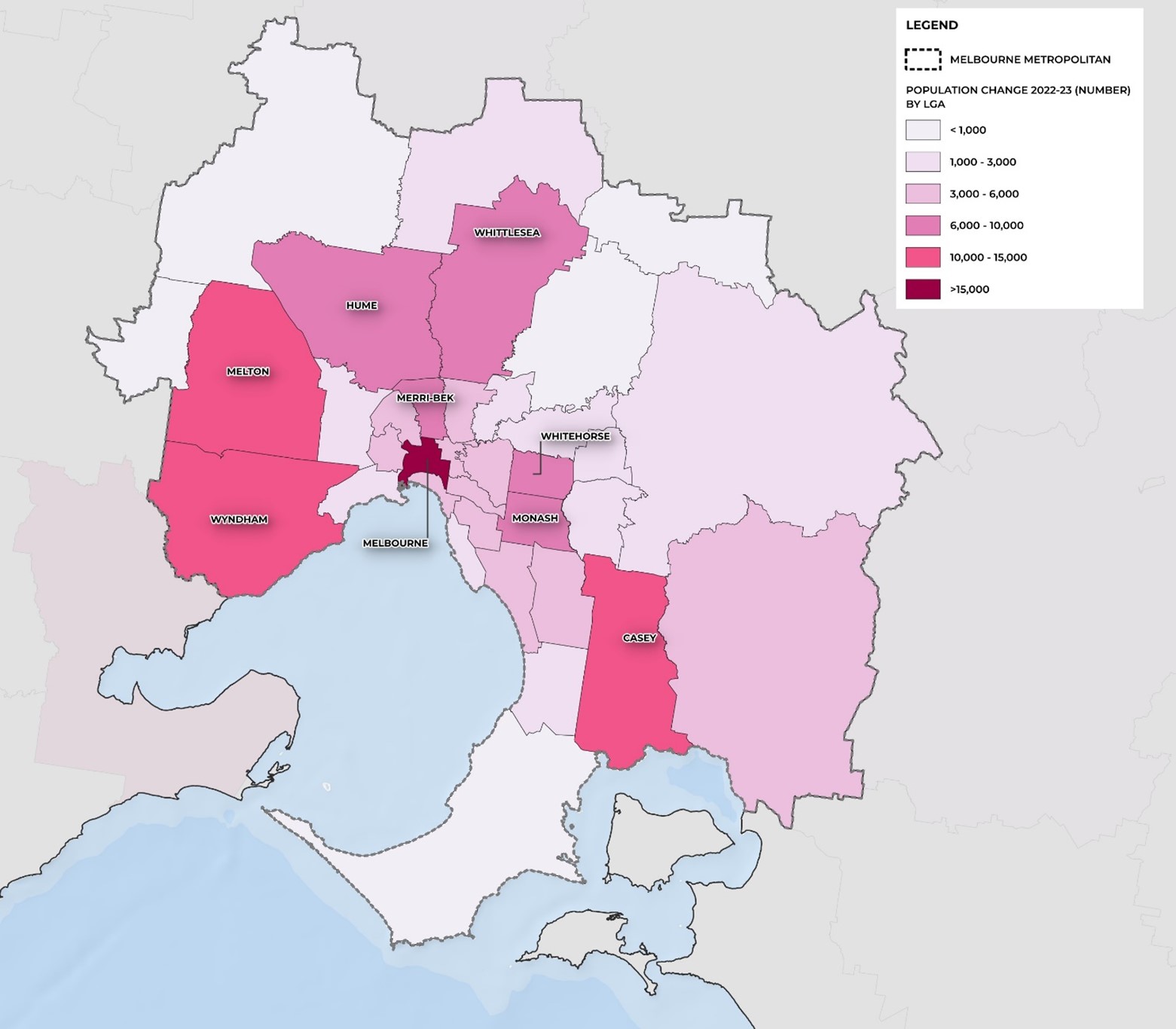
Greater Melbourne Population Growth to June 2023. Source: Australian Bureau of Statistics
The only prominent middle suburban municipalities in terms of growth are Monash (already discussed) and, to a lesser extent, Whitehorse.
In the balance of Melbourne’s middle municipalities, population growth was significantly lower.
This represents an ongoing challenge for the Victorian Government, and its plan to accommodate a growing proportion of future population and dwelling growth in established areas rather than in outer suburban greenfields development.
The difficulties in making suburban apartment market development ‘stack up’ in all but a number of select higher priced inner suburban locations is likely to disrupt policy objectives for the time being and result in an ongoing reliance on the growth area municipalities to absorb a significant proportion of Greater Melbourne's population growth.
Related Insights
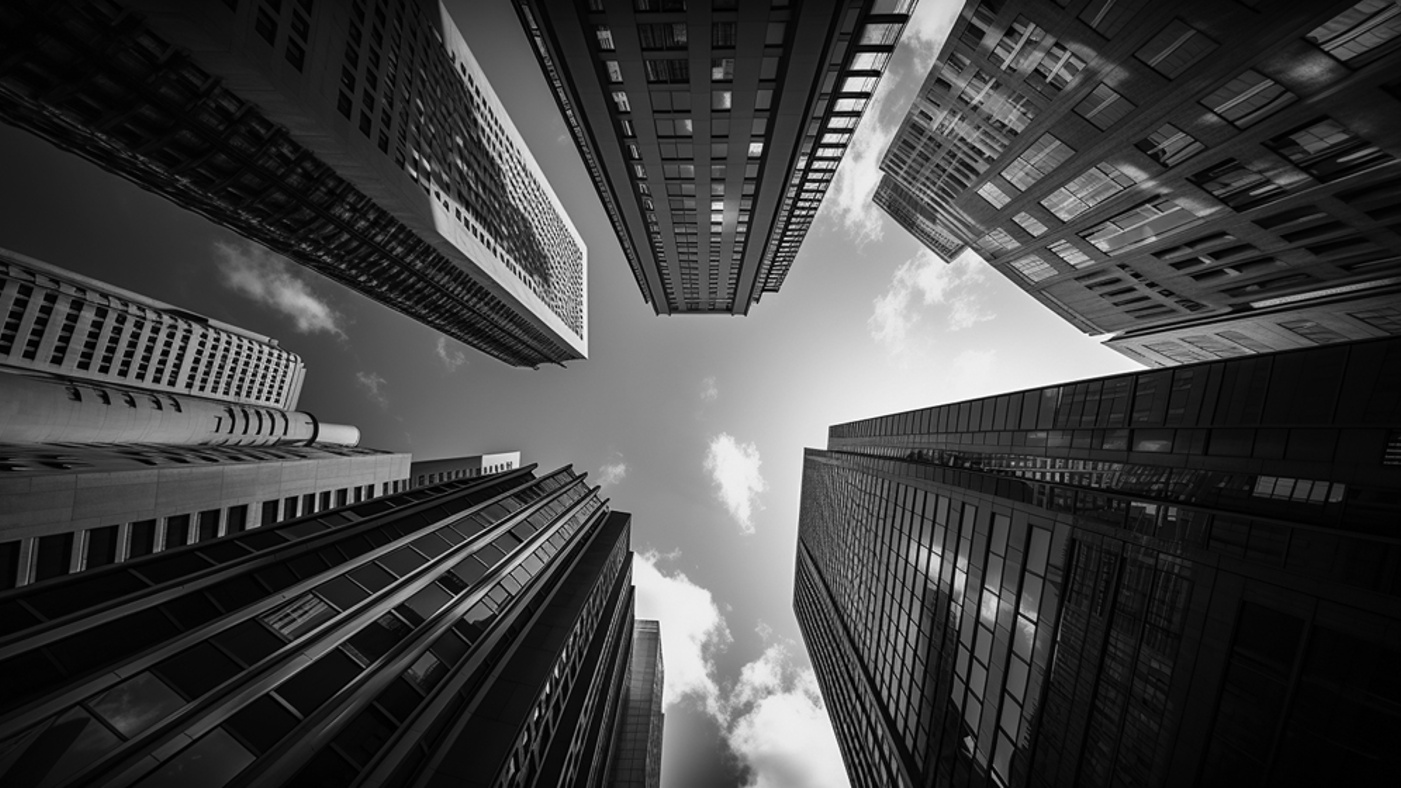
Ethos Urban and Future Urban Forge Powerful Alliance
